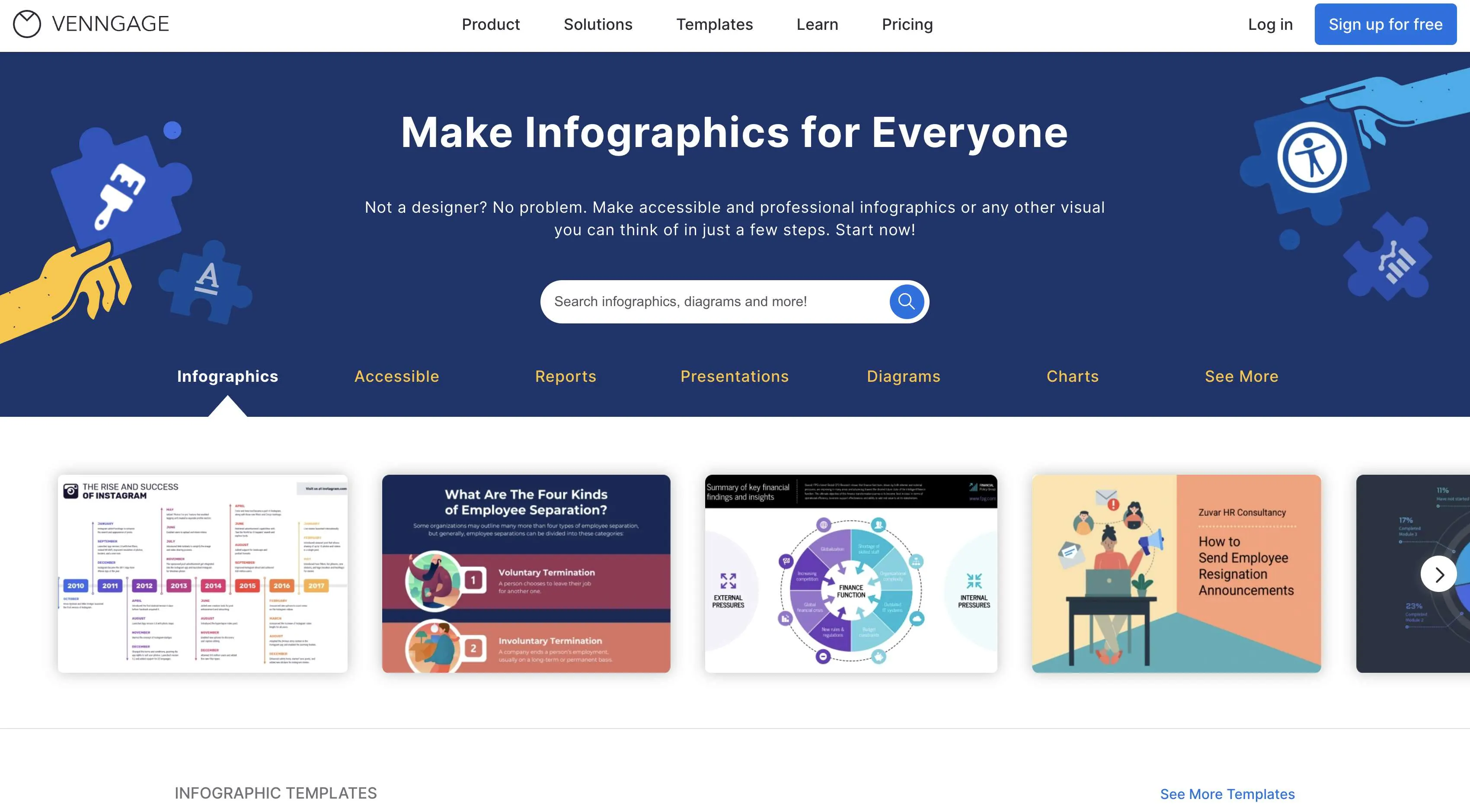User-Friendly Website Design for Smooth Online Experiences
The journey towards achieving seamless on-line experiences includes browsing a complicated interplay of layout aspects and user assumptions. Comprehending these subtleties elevates vital inquiries regarding the future of internet layout and its function in shaping user interactions.
Importance of User-Friendly Style
User-friendly design is vital in today's digital landscape, as it consistently enhances customer experience and fulfillment. In an age where customers have numerous options at their fingertips, a website that focuses on user-friendly layout stands apart by properly fulfilling the needs of its target market. This design approach not just boosts access but also cultivates interaction, guaranteeing that visitors can browse the site effortlessly and locate the info they look for without stress.
Additionally, user-friendly design plays a considerable function in developing trust and reputation. When customers run into a intuitive and well-organized user interface, they are more probable to perceive the brand positively. This understanding can lead to enhanced customer loyalty and greater conversion prices, as users are extra likely to return to a website that uses a smooth experience.
Furthermore, a concentrate on easy to use layout can minimize bounce prices, as visitors are less likely to leave the website if they discover it easy to use. Web Design Philippines. By focusing on customer requirements, businesses can create an effective on the internet visibility that drives success and promotes long-term connections with clients. In recap, user-friendly style is integral not just for individual complete satisfaction but additionally for achieving broader business objectives
Trick Concepts of Usability
Highlighting clearness and simpleness, the key concepts of use function as fundamental components in developing effective website design. These principles ensure that users can connect with an internet site intuitively, resulting in an extra satisfying user experience.
One essential concept is uniformity. A regular interface allows customers to predict end results based on previous communications, lowering complication and improving navigation. Efficient comments mechanisms are important; customers must receive timely reactions to their activities, such as verification messages or mistake notifies, which guide them via their tasks.
One more vital concept is accessibility. A usable layout needs to accommodate users of differing abilities and atmospheres, making sure that every person can access and engage with the material seamlessly. This includes utilizing readable fonts, ideal color contrasts, and alternate text for photos.

Navigation and Structure
Effective navigating and framework are essential parts of any type of effective web style, as they straight influence how individuals connect and discover with content. A well-organized site enables individuals to situate info promptly, fostering a positive experience that motivates them to remain longer and engage more deeply.
To achieve efficient navigation, designers should prioritize clearness and simpleness. This can be achieved via the usage of instinctive menu frameworks, clearly identified groups, and a quickly available search function. Consistency throughout web pages is equally crucial, as it enables individuals to form a mental map of the site, reducing cognitive load and enhancing functionality.
In addition, including breadcrumbs offers individuals with context about their area within the discover this site, allowing them to navigate back to previous areas effortlessly.
A sensible hierarchy is essential when structuring material, with main subjects plainly presented and secondary info nested suitably. This strategy not only aids navigating yet also sustains search engine optimization efforts by clearly specifying the partnership in between various content elements. Eventually, a thoughtful navigating and structure style improves user contentment, advertising seamless online experiences that fulfill users' requirements efficiently.
Responsive Layout Techniques
Just how can internet designers make sure that their sites supply an ideal experience across a selection of devices? The answer lies in employing responsive design techniques. These strategies permit internet sites to adjust effortlessly to different display sizes and alignments, making certain performance and aesthetic appeals remain undamaged.
One fundamental method is the usage of liquid grids, which involve creating formats that use family member systems like percents rather of repaired pixels. Furthermore, media questions play a critical role in responsive design, making it possible for the application of particular CSS styles based on tool attributes such as size and resolution.
An additional efficient technique is carrying out receptive photos that immediately readjust their size according to the gadget, maximizing filling times and keeping quality. Moreover, mobile-first layout encourages the creation of websites with a main concentrate on mobile users, gradually boosting features for bigger displays.
Including these receptive style strategies makes certain that sites not just cater to varied tools however also deliver a constant and satisfying customer experience, eventually adding to Find Out More the success of an on-line visibility.
Enhancing User Interaction
While a properly designed internet site can attract visitors, enhancing individual interaction is critical for keeping their passion and motivating interaction. Involving customers needs a multifaceted technique that prioritizes instinctive design, pertinent material, and interactive features.
First, a clear and user-friendly navigation structure is important. Visitors must conveniently find what they're seeking without unnecessary clicks. Carrying out breadcrumbs, search bars, and logical classification can substantially improve navigating.
2nd, dynamic material plays a critical duty in maintaining customers involved. Normal updates, article, and tailored referrals based on individual habits can cultivate a feeling of connection.
Integrating interactive elements such as quizzes, surveys, and comment sections can additionally enhance engagement by welcoming users to get involved proactively. In addition, making use of aesthetic storytelling via videos and infographics can catch attention and share messages better than text alone.
Last but not least, enhancing packing rate and Visit Website guaranteeing mobile responsiveness are essential parts in maintaining user passion. A smooth experience throughout gadgets protects against disappointment and motivates users to explore additionally.
Final Thought
In conclusion, user-friendly internet design is critical for guaranteeing seamless on-line experiences that boost user contentment and involvement. By adhering to vital concepts of use, carrying out instinctive navigating, and utilizing responsive style strategies, internet sites can significantly enhance individual communication.

In verdict, user-friendly internet design is critical for guaranteeing smooth on the internet experiences that boost individual satisfaction and interaction.